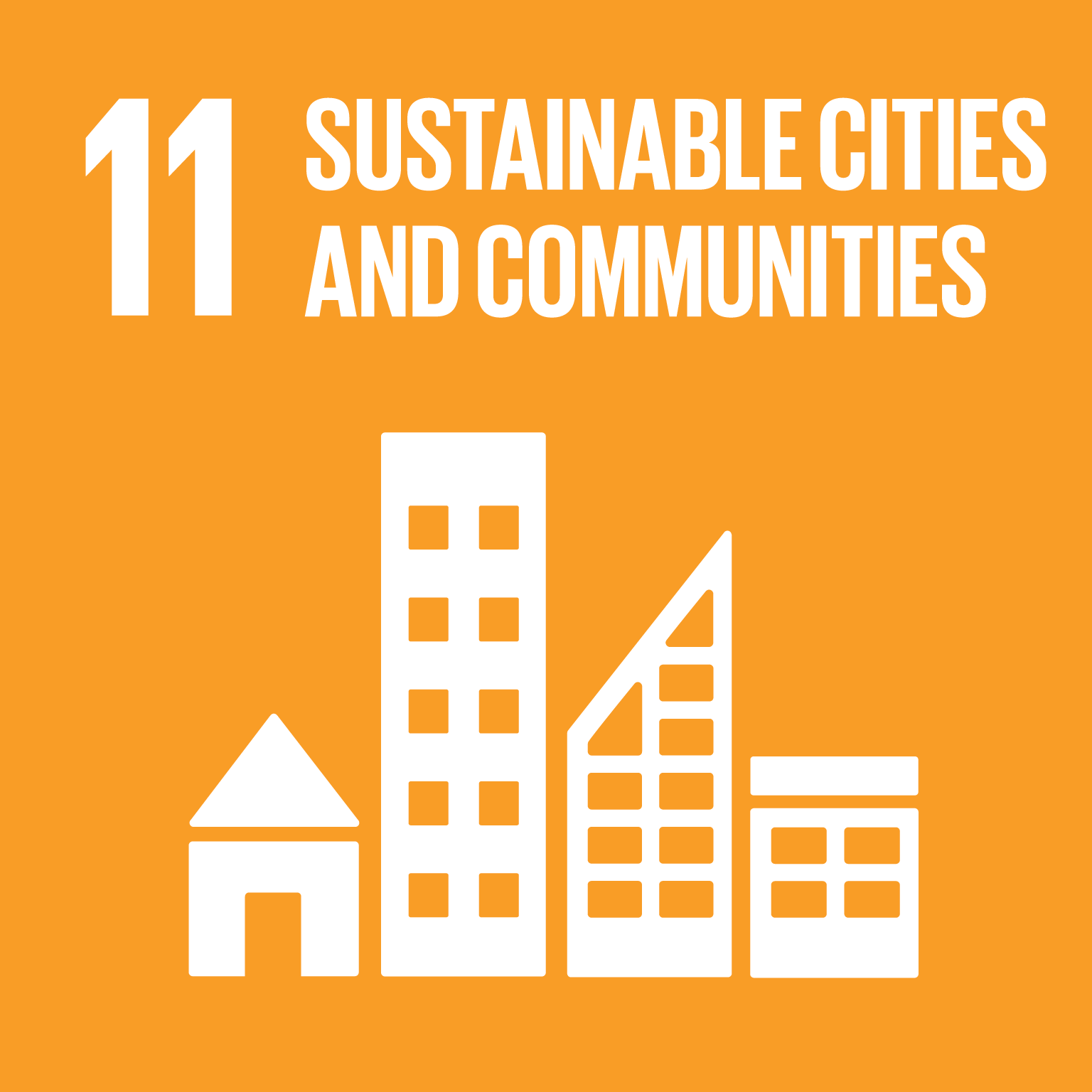Safer, greener building materials
Article

To comply with building regulations and ensure people’s safety, the construction industry relies on high performing flame-retardant insulation products. Until recently, polystyrene-based building insulation products commonly utilized hexabromocyclododecane (HBCD) as a flame retardant to protect against fires. However, HBCD was eventually classified as a persistent, bioaccumulative, and toxic material. To improve overall safety and address energy and climate requirements, the industry needed a less toxic, more environmentally friendly solution, without any compromise on fire safety performance.
DuPont Safety and Construction’s BLUEDGETM Polymeric Flame Retardant Technology does exactly that. It was the result of a multi-year research program focused on developing a low-toxicity alternative to HBCD for use as a fire retardant in polystyrene insulation foam. Key design criteria included toxicological profile, foam processing performance, foam fire performance, foam thermal insulation performance, foam mechanical properties, and economic feasibility.
The benefits offered by BLUEDGE™ technology—including its inherently low toxicity relative to HBCD and other low molecular weight chemistries—were validated by the U.S. EPA in its Design for the Environment report on fire resistance alternatives to HBCD.
The development of BLUEDGE™ has helped to transform a market—all of our Styrofoam™ Brand XPS insulation plants now use the technology, and many other polystyrene foam producers globally have also converted to it. As an innovative technology focused on reducing the use and generation of hazardous substances, BLUEDGE™ demonstrates the importance of applying the principles of green chemistry to positively impact the foam insulation industry and buildings sector.





